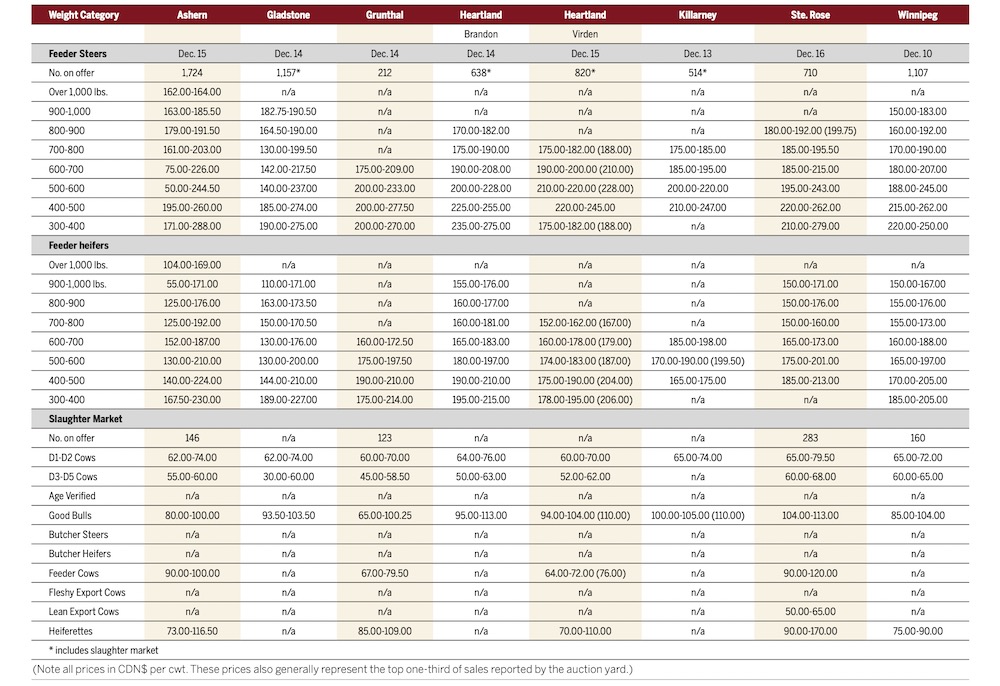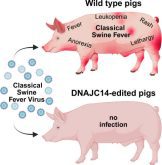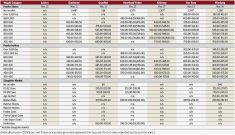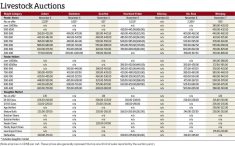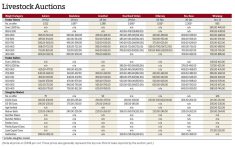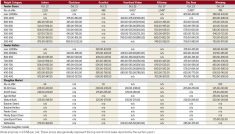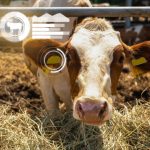Cattle auction sites across Manitoba are saying goodbye to a challenging 2021 and looking forward to what 2022 has in store.
Many auction sites conducted their final regular sales of the calendar year during the week ended Dec. 16. In total, 7,594 cattle went through the rings, compared to the 7,910 (excluding Virden’s numbers) during the previous week. Allan Munroe, general manager of Killarney Auction Mart, said the final sale of the calendar year provides an opportunity for sellers to take care of their affairs before the year ends.
“Guys (and feedlots) are sort of winding down and tidying up,” he said. “It’s going to be a little while before we have any more sales. It’s more of a tidy-up sale… a lot of tying up loose ends.”
Fewer heavyweight feeders were put up for sale during the week compared to the previous week as some weight categories showed wide ranges in prices. At some sales, some heavyweight categories had low-end prices higher than those for the lighter weights. Butcher cows showed increases in prices at every site.
At the Chicago Mercantile Exchange (CME), the February live cattle contract closed at US$137.05 per hundredweight on Dec. 16. The contract traded at a high of US$141.85/cwt on Nov. 29, but is currently trading 16 cents higher than at the same time last year. The January feeder cattle contract closed at US$162.575/cwt on Dec. 16 after reaching a four-month high of US$168.30 on Nov. 29. The Canadian dollar also lost one-half of a U.S. cent during the week, supporting cattle prices.
“A lot (of cattle) are going west, but there are a few getting calves to go south (to the U.S.). The south has become a bigger (landing spot) over the last few weeks,” Munroe added.
The year 2021 placed a herculean burden onto Manitoba cattle producers with last summer’s drought forcing ranchers to sell much of, if not their entire herds, as well as COVID-19 forcing shutdowns and backlogs at meat-processing plants in Canada and the U.S.
Despite COVID-19 raising its ugly head once again and lower-than-normal snowfall in many areas of the province, Munroe said cattle producers are in good spirits for when sales restart in 2022.
“Right now, it’s looking fairly optimistic. Prices have been improving… (Feedlots) will have the next few weeks to get rid of some cattle, make up some pen space and then we’ll be ready for early January,” he said.
“2021 has been extremely challenging for everyone in the cattle industry. I think I have the same hope that everyone else does and that is some moisture this winter and going into spring, so we can grow some forage and take advantage.”


